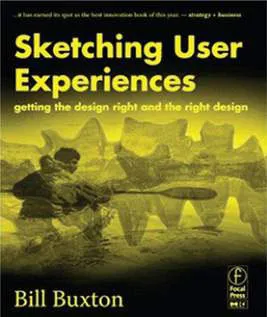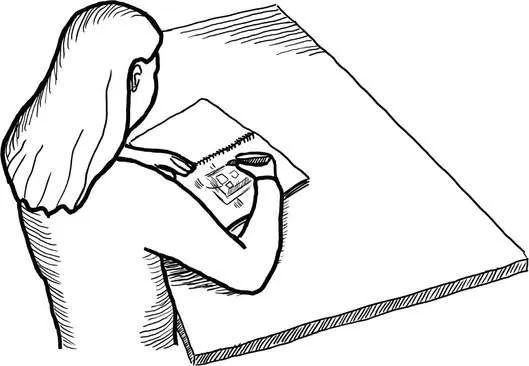
Sketching User Experiences: The Workbook
- 272 pages
- English
- ePUB (mobile friendly)
- Available on iOS & Android
Sketching User Experiences: The Workbook
About this book
Sketching Working Experience: The Workbook provides information about the step-by-step process of the different sketching techniques. It offers methods called design thinking, as a way to think as a user, and sketching, a way to think as a designer. User-experience designers are designers who sketch based on their actions, interactions, and experiences. The book discusses the differences between the normal ways to sketch and sketching used by user-experience designers. It also describes some motivation on why a person should sketch and introduces the sketchbook. The book reviews the different sketching methods and the modules that contain a particular sketching method. It also explains how the sketching methods are used. Readers who are interested in learning, understanding, practicing, and teaching experience design, information design, interface design, and information architecture will find this book relevant.- Features standalone modules detailing methods and exercises for practitioners who want to learn and develop their sketching skills- Extremely practical, with illustrated examples detailing all steps on how to do a method- Excellent for individual learning, for classrooms, and for a team that wants to develop a culture of design practice- Perfect complement to Buxton's Sketching User Experience or any UX text- Author-maintained companion website at http://grouplab.cpsc.ucalgary.ca/sketchbook/
Frequently asked questions
- Essential is ideal for learners and professionals who enjoy exploring a wide range of subjects. Access the Essential Library with 800,000+ trusted titles and best-sellers across business, personal growth, and the humanities. Includes unlimited reading time and Standard Read Aloud voice.
- Complete: Perfect for advanced learners and researchers needing full, unrestricted access. Unlock 1.4M+ books across hundreds of subjects, including academic and specialized titles. The Complete Plan also includes advanced features like Premium Read Aloud and Research Assistant.
Please note we cannot support devices running on iOS 13 and Android 7 or earlier. Learn more about using the app.
Information
Mission
What This Book is About
Companion Book

Why Sketch?
Doing Rather Than Reading

Audience
You, the Reader
Table of contents
- Cover image
- Title page
- Table of Contents
- Copyright
- Preface: How We Got Together to Write this Book
- Acknowledgments
- Section 1: Getting into the Mood
- Section 2: Sampling the Real World
- Section 3: The Single Image
- Section 4: Snapshots in Time: The Visual Narrative
- Section 5: Animating the User Experience
- Section 6: Involving Others
- Index